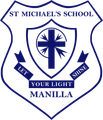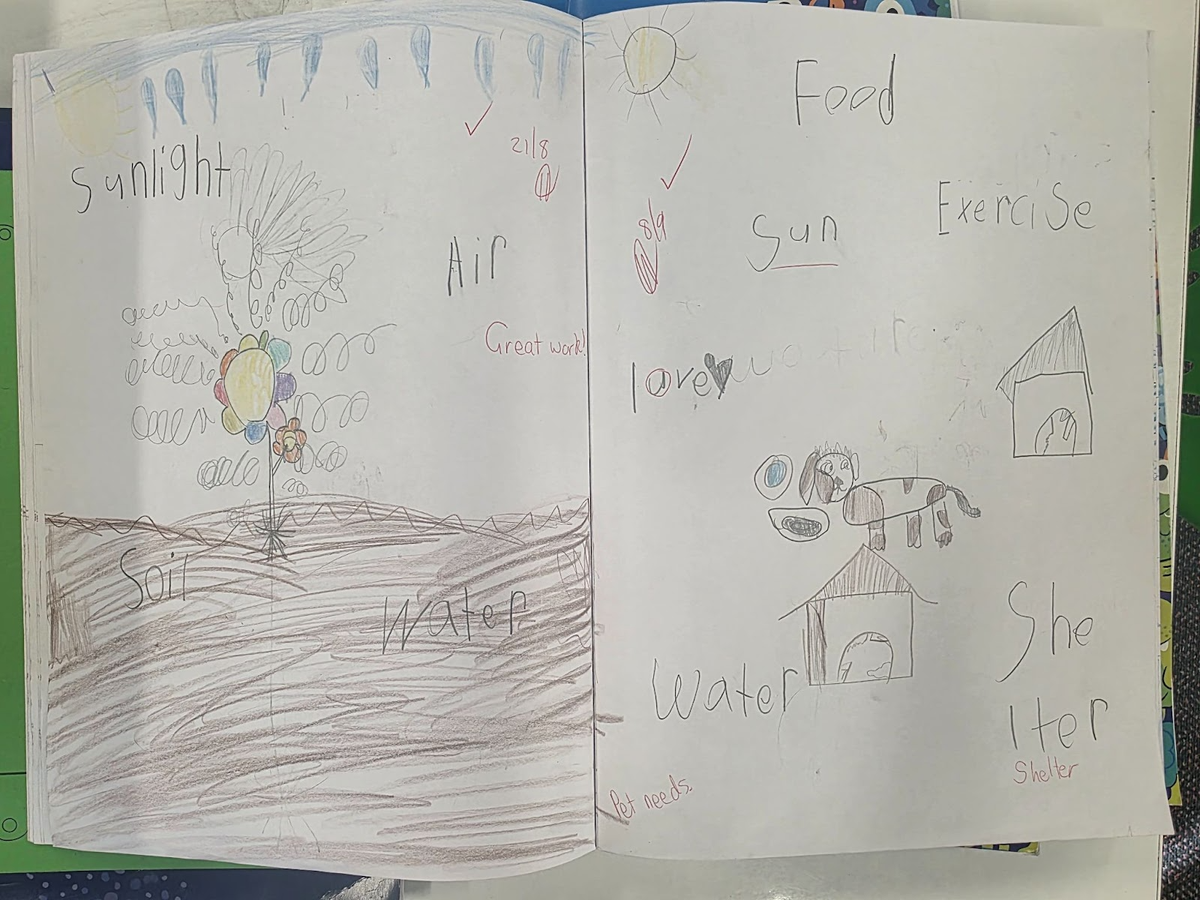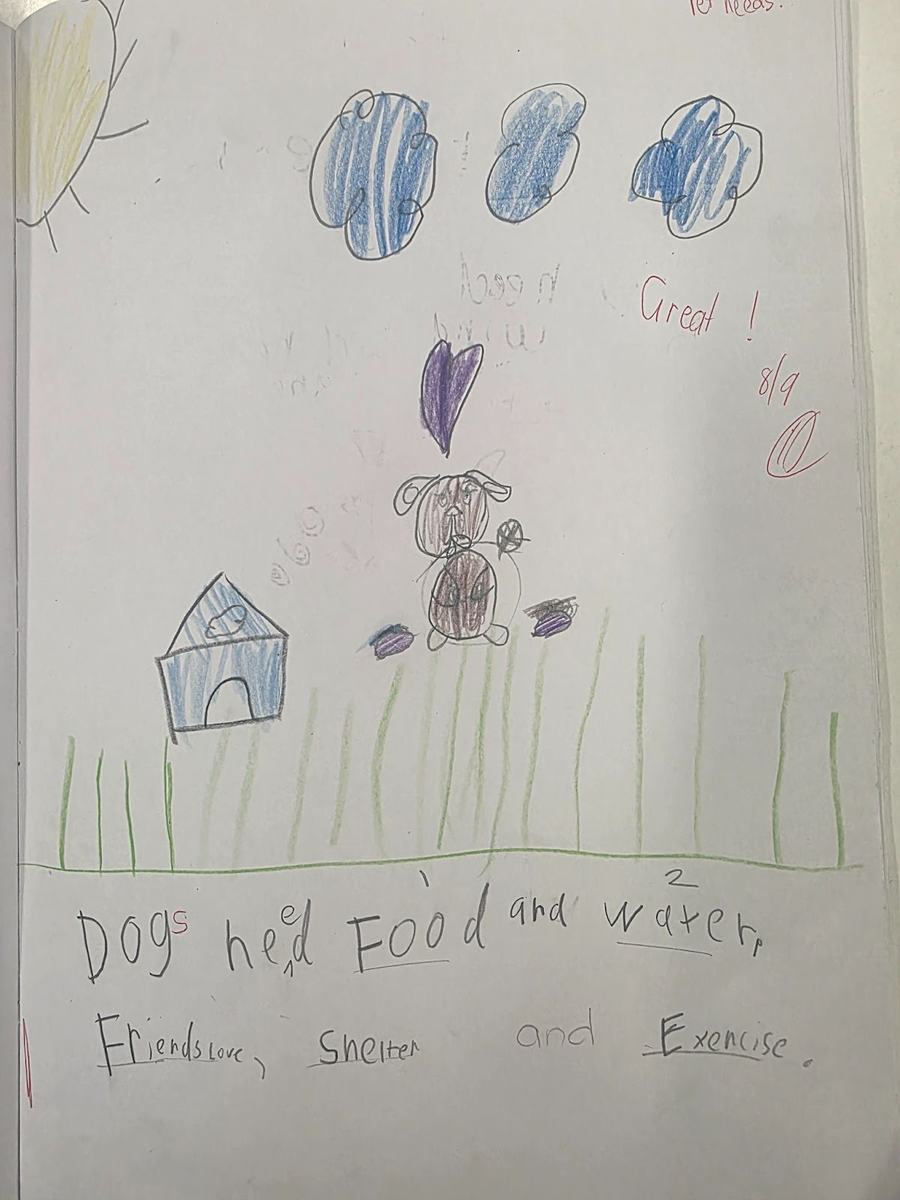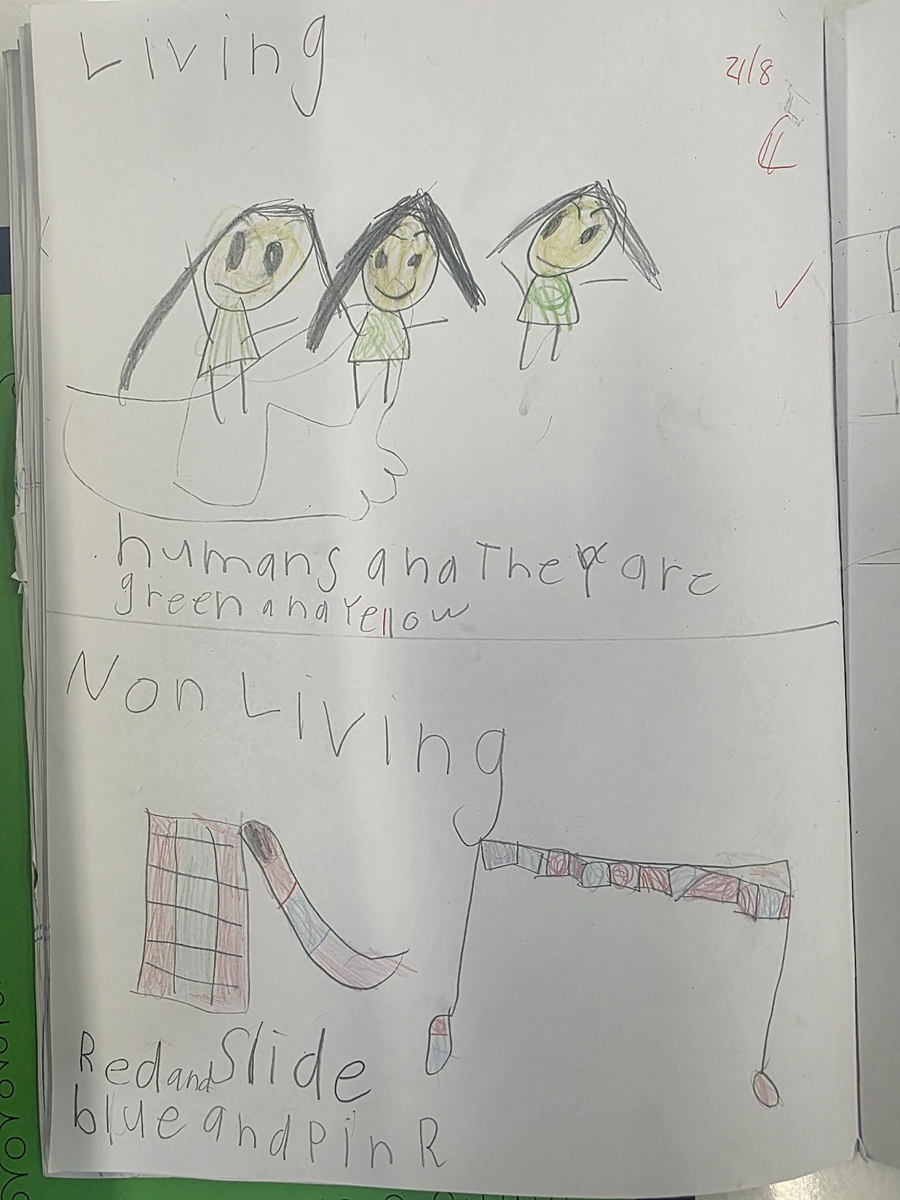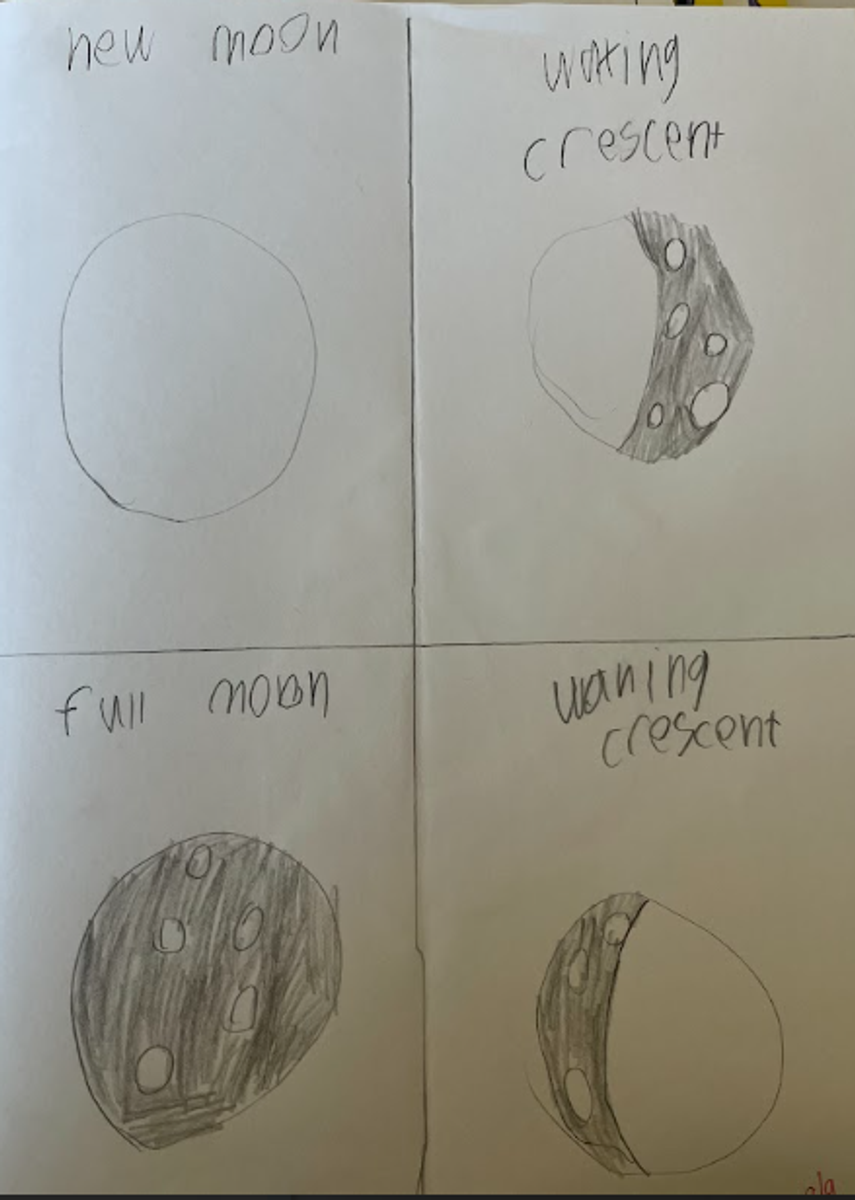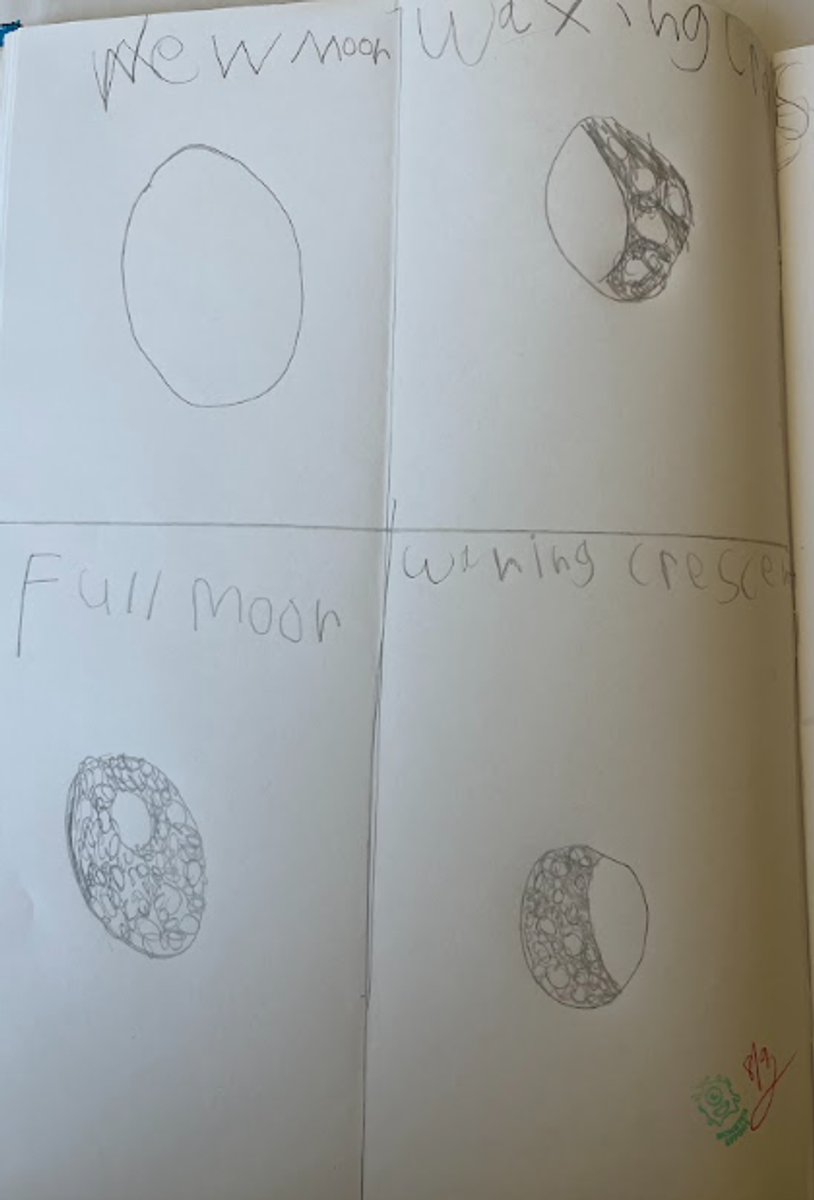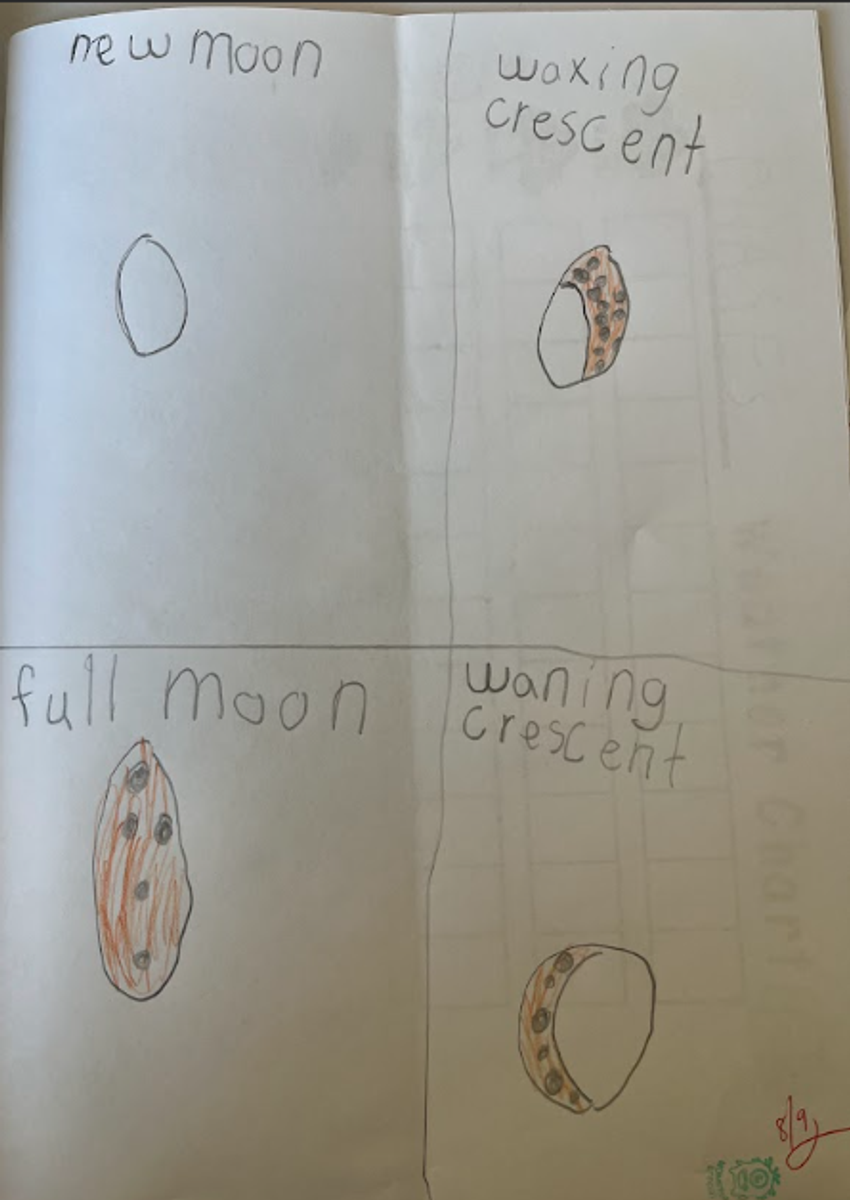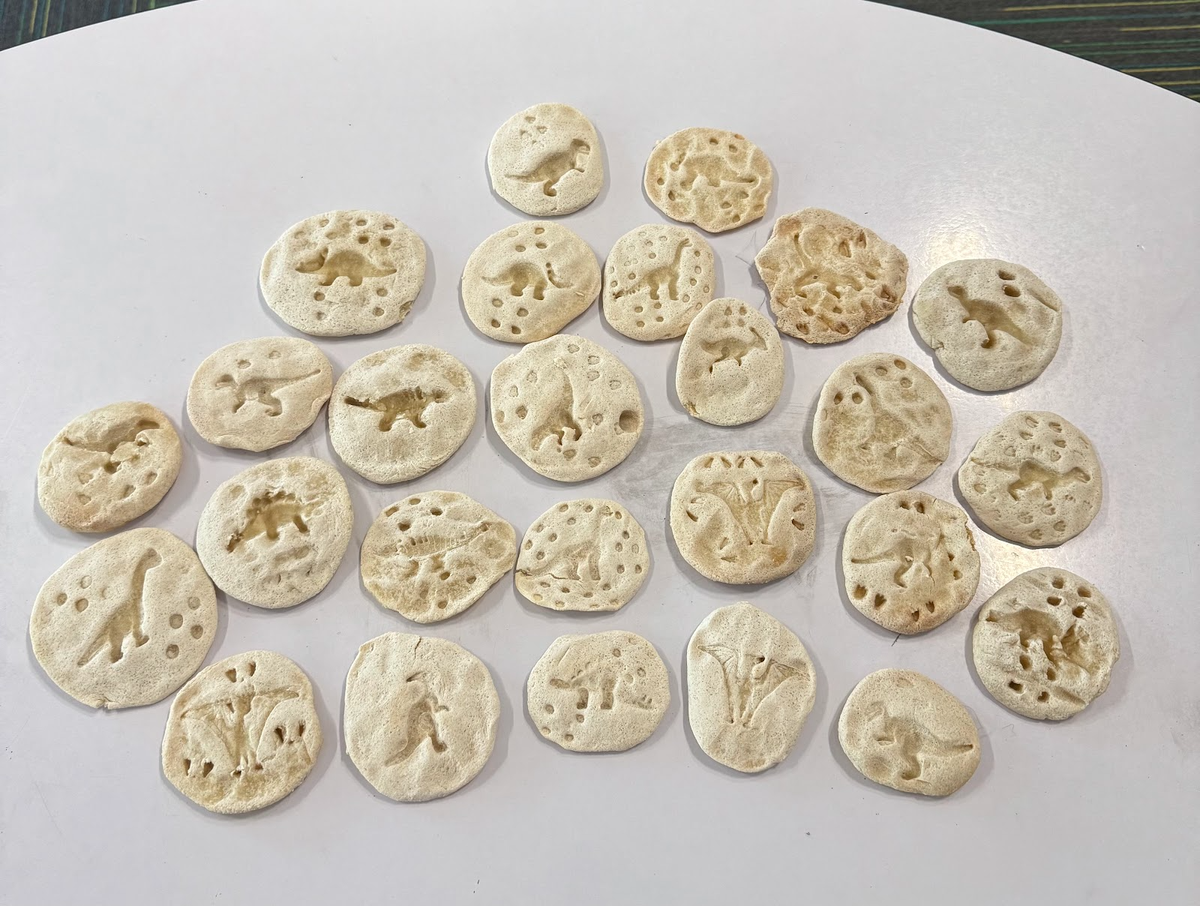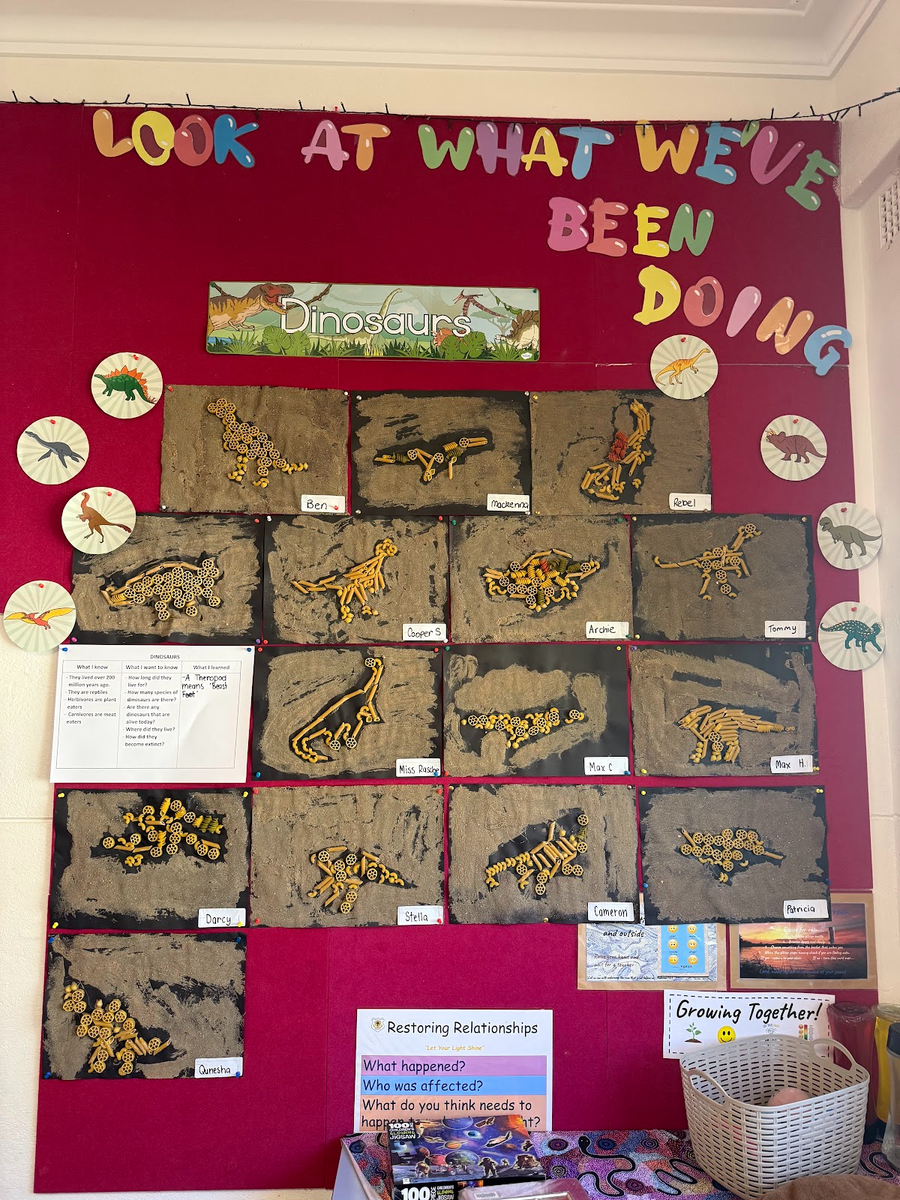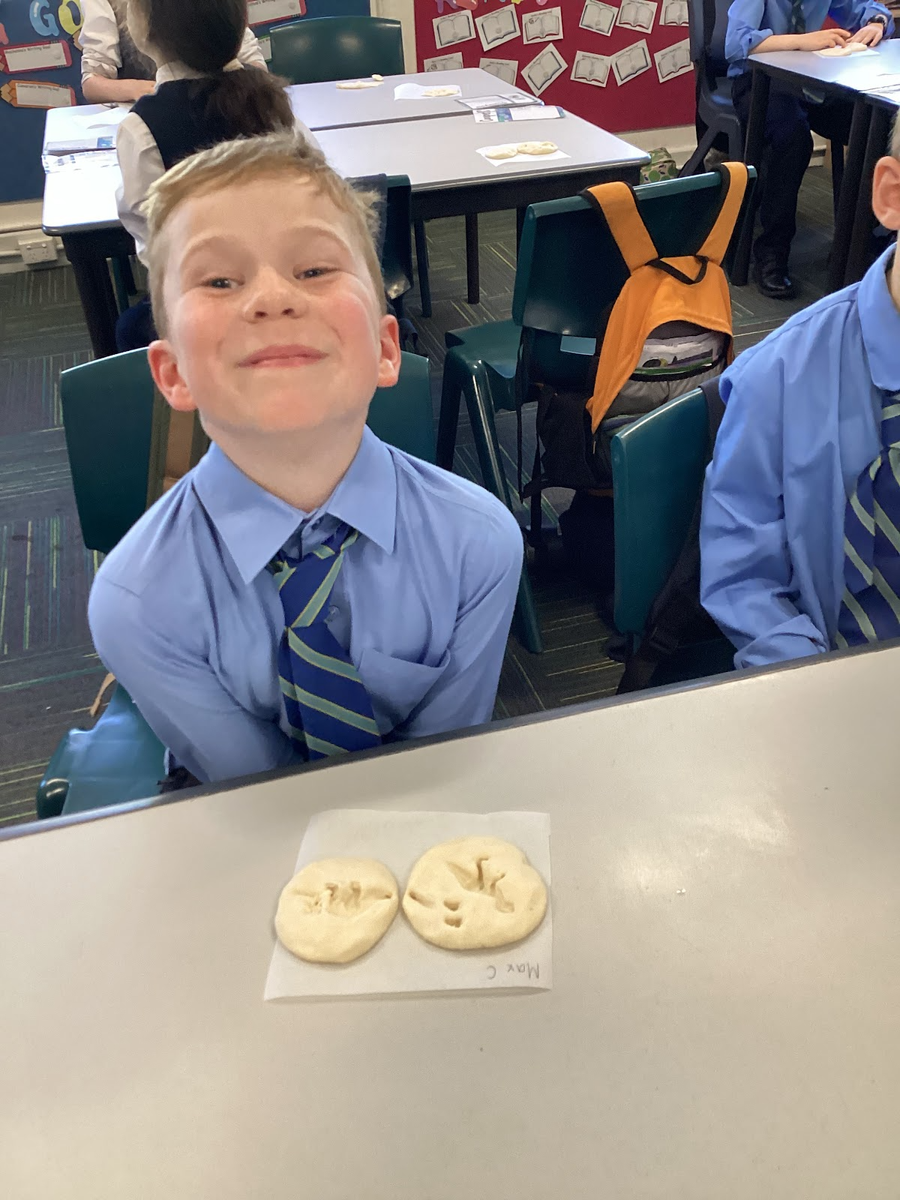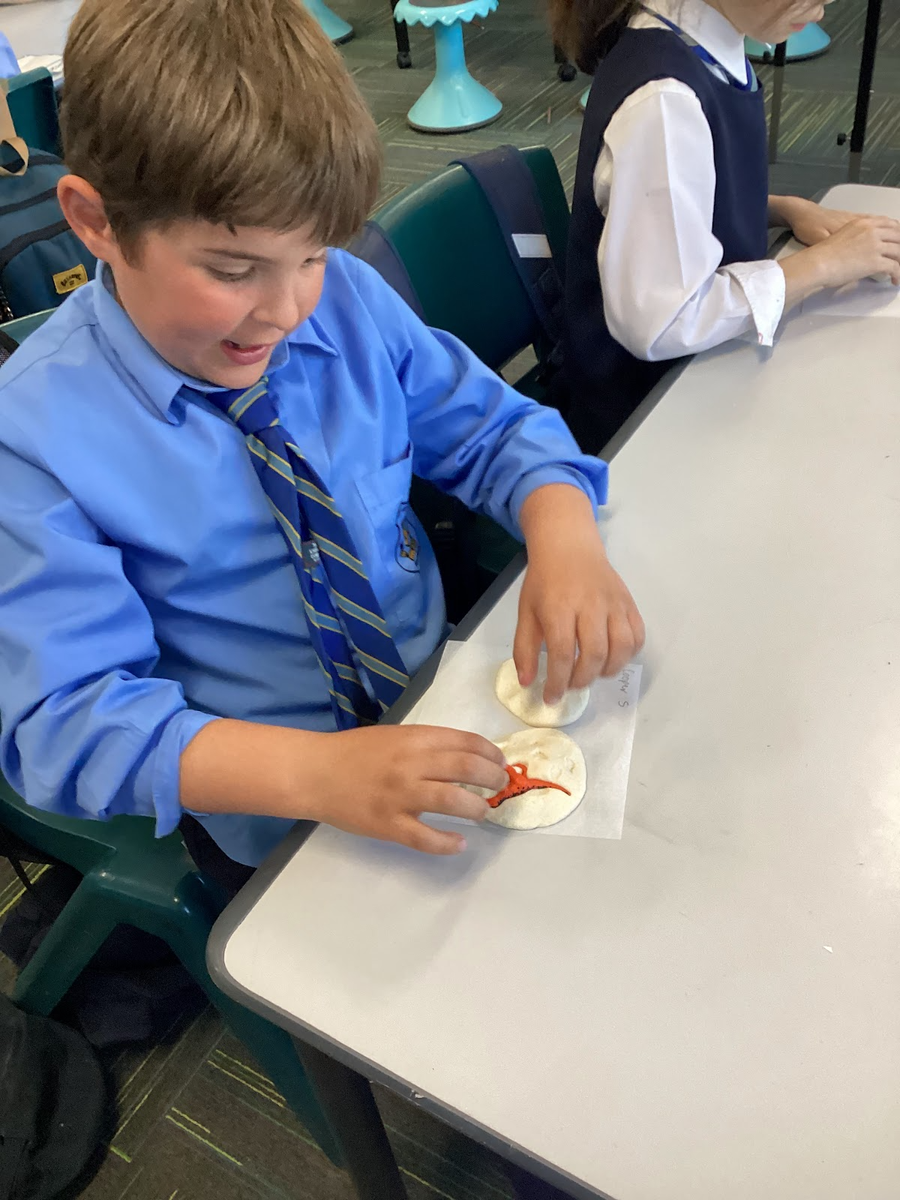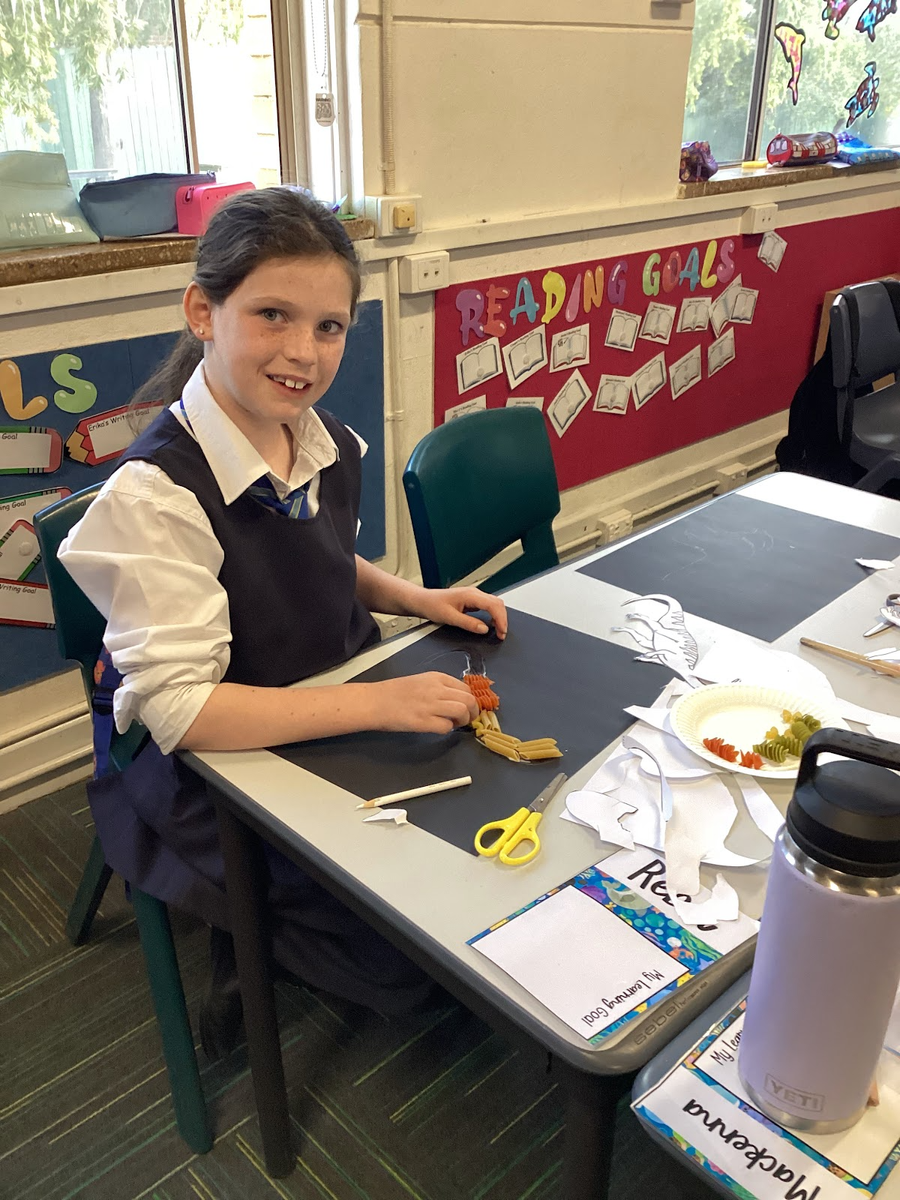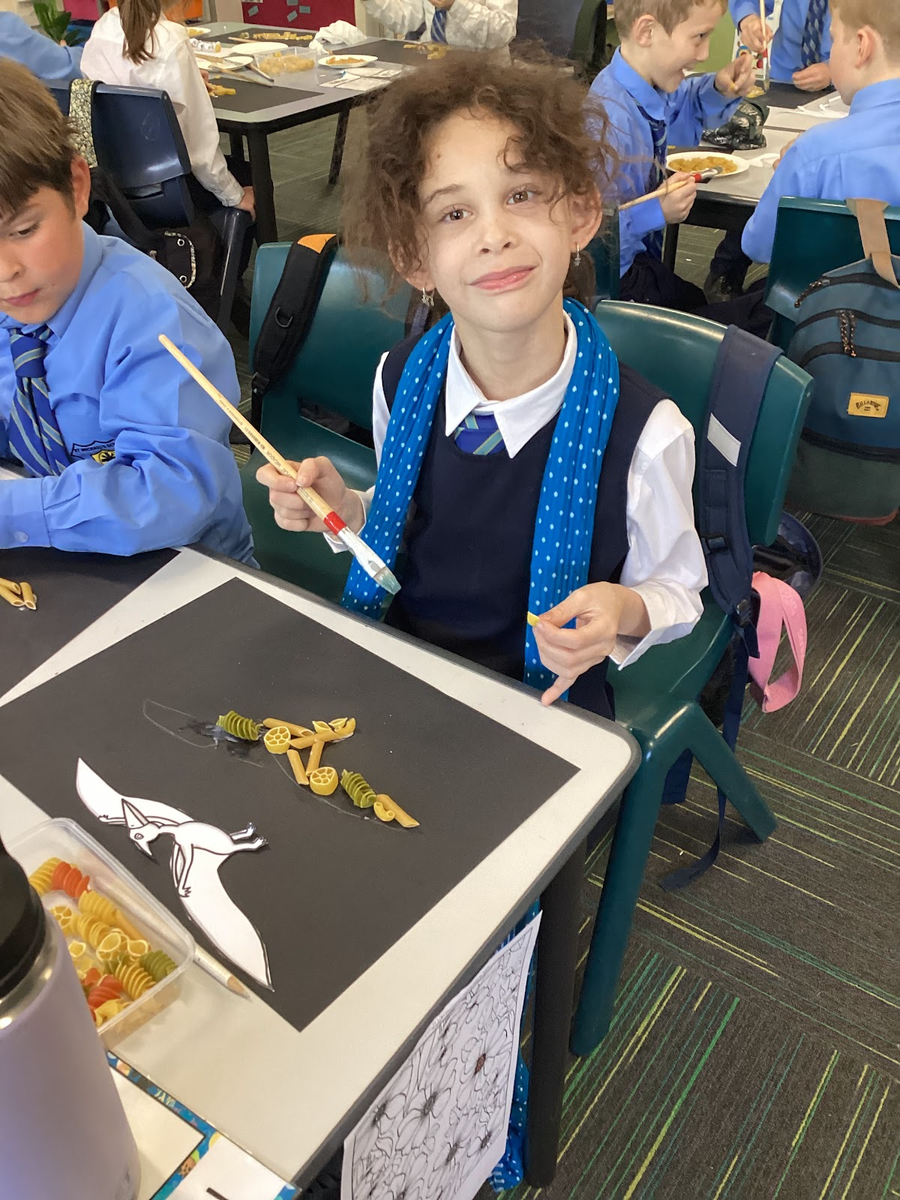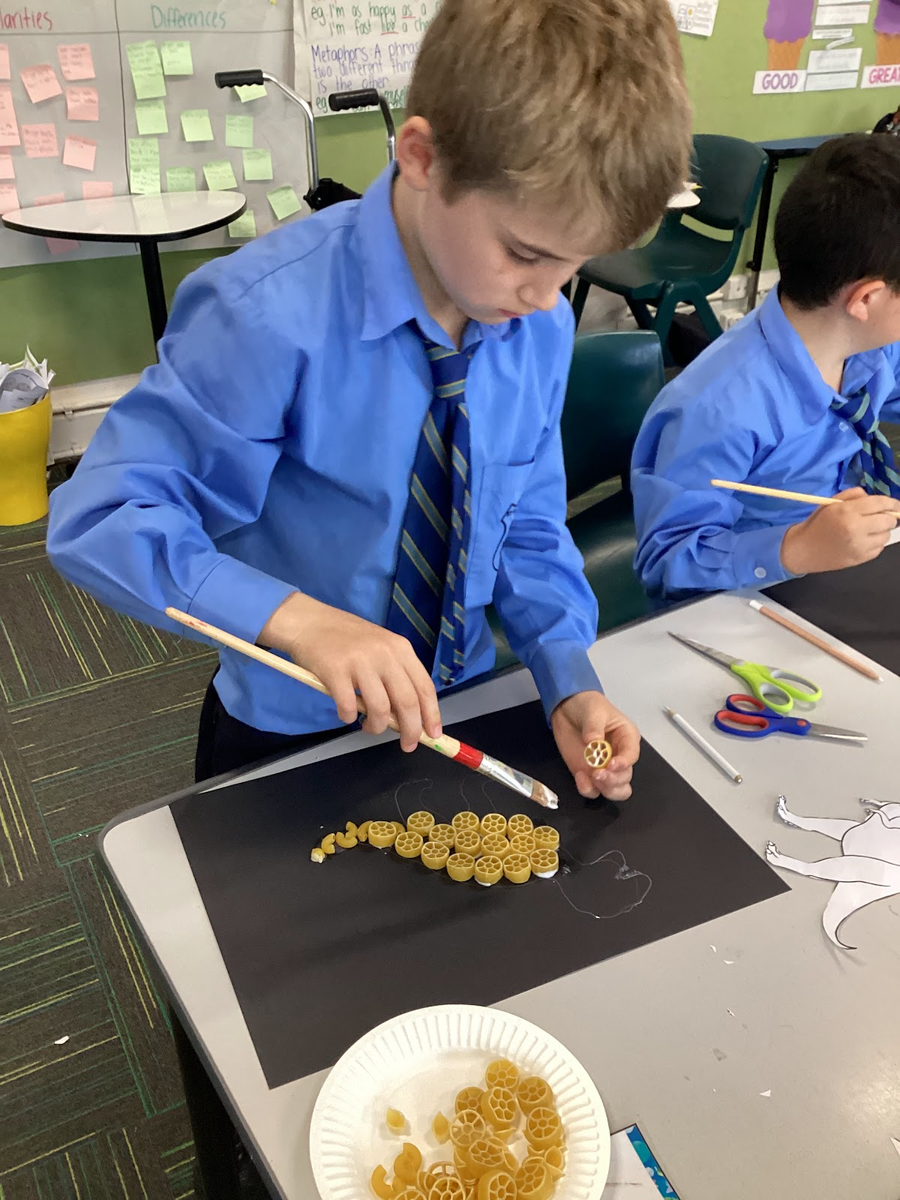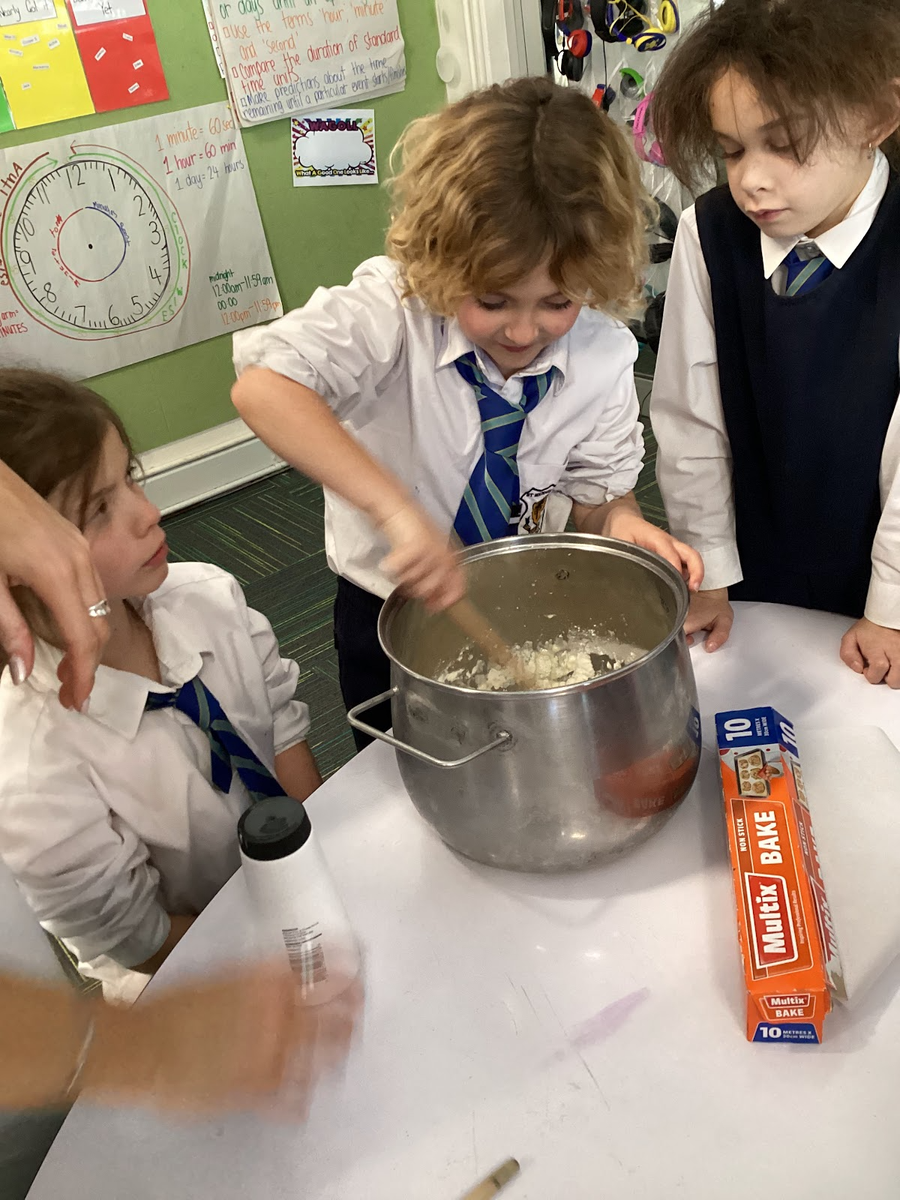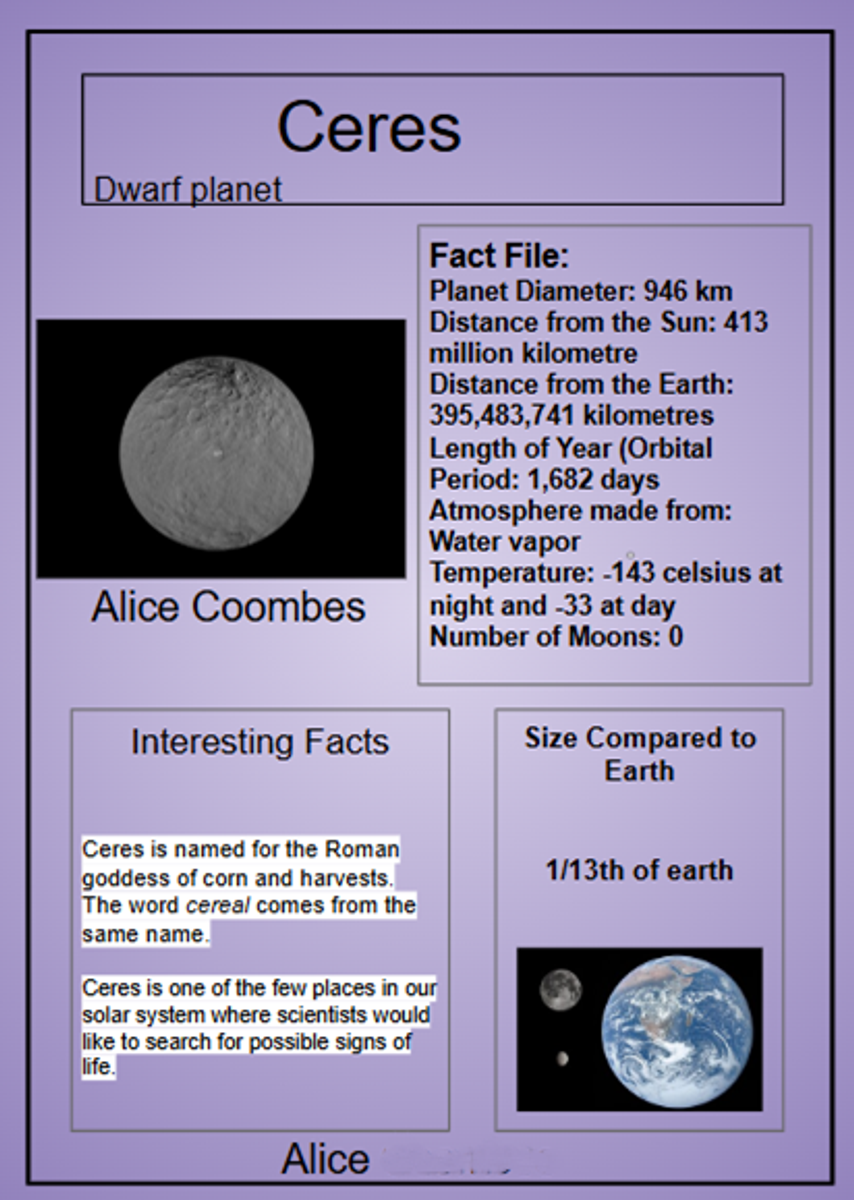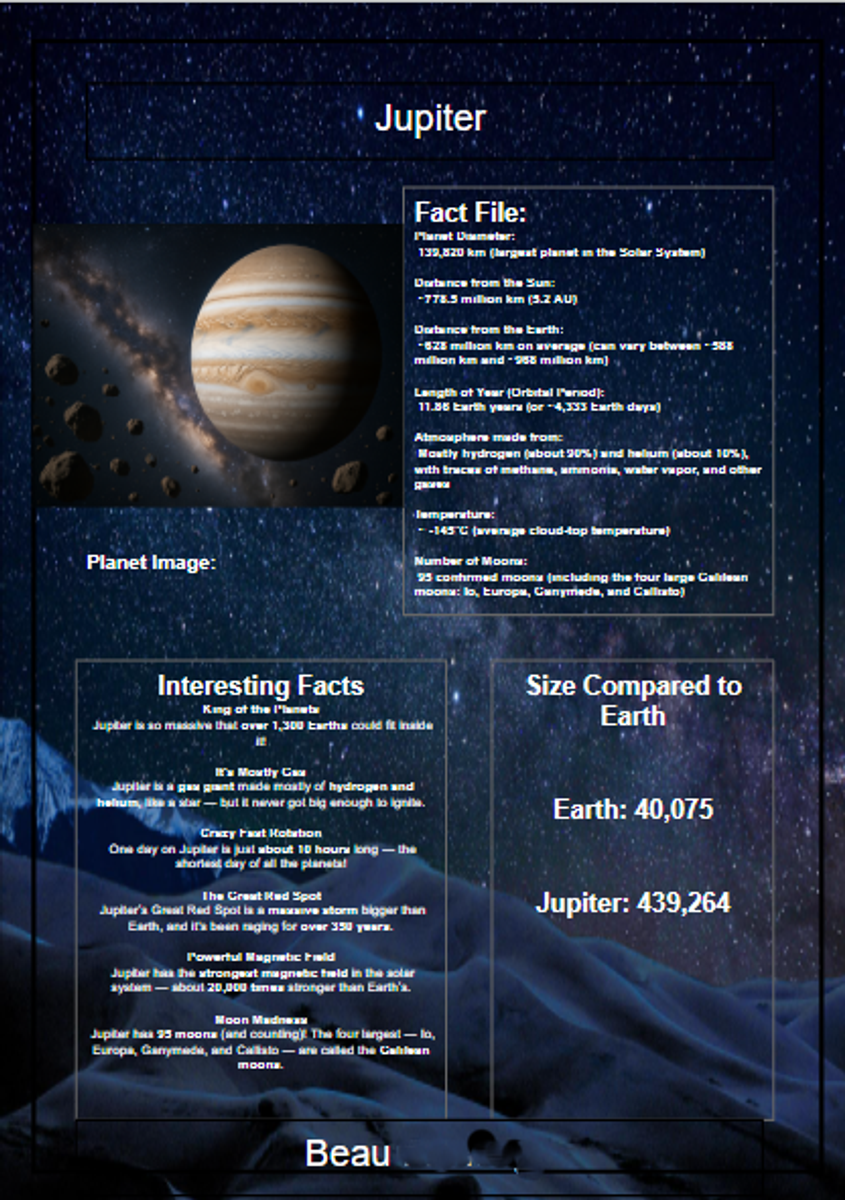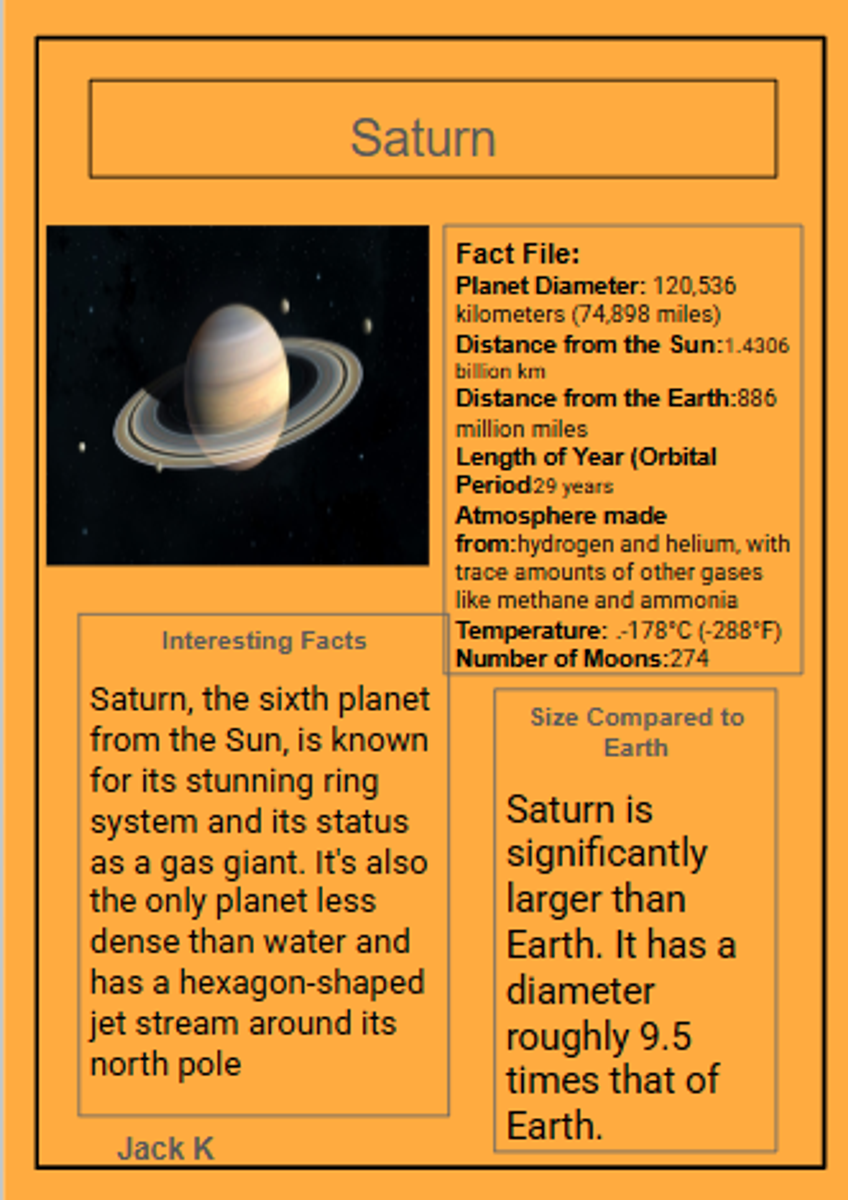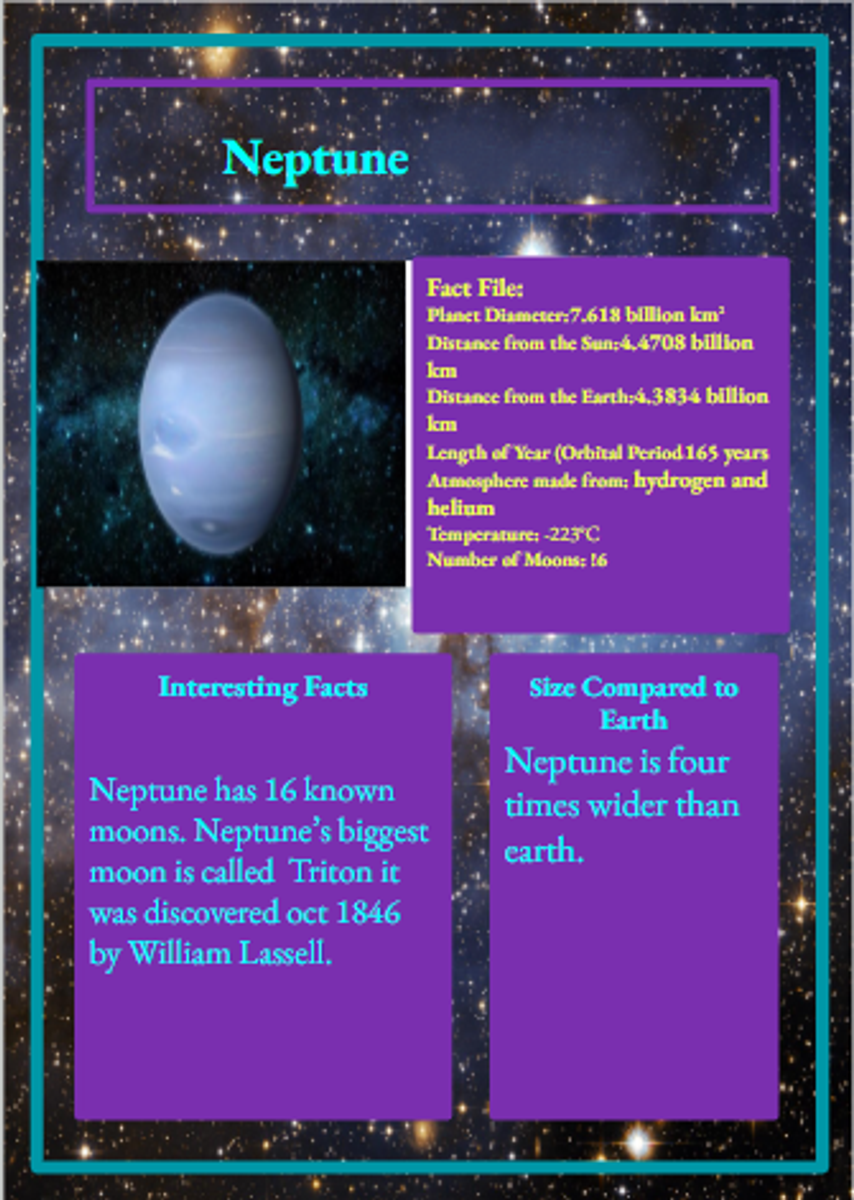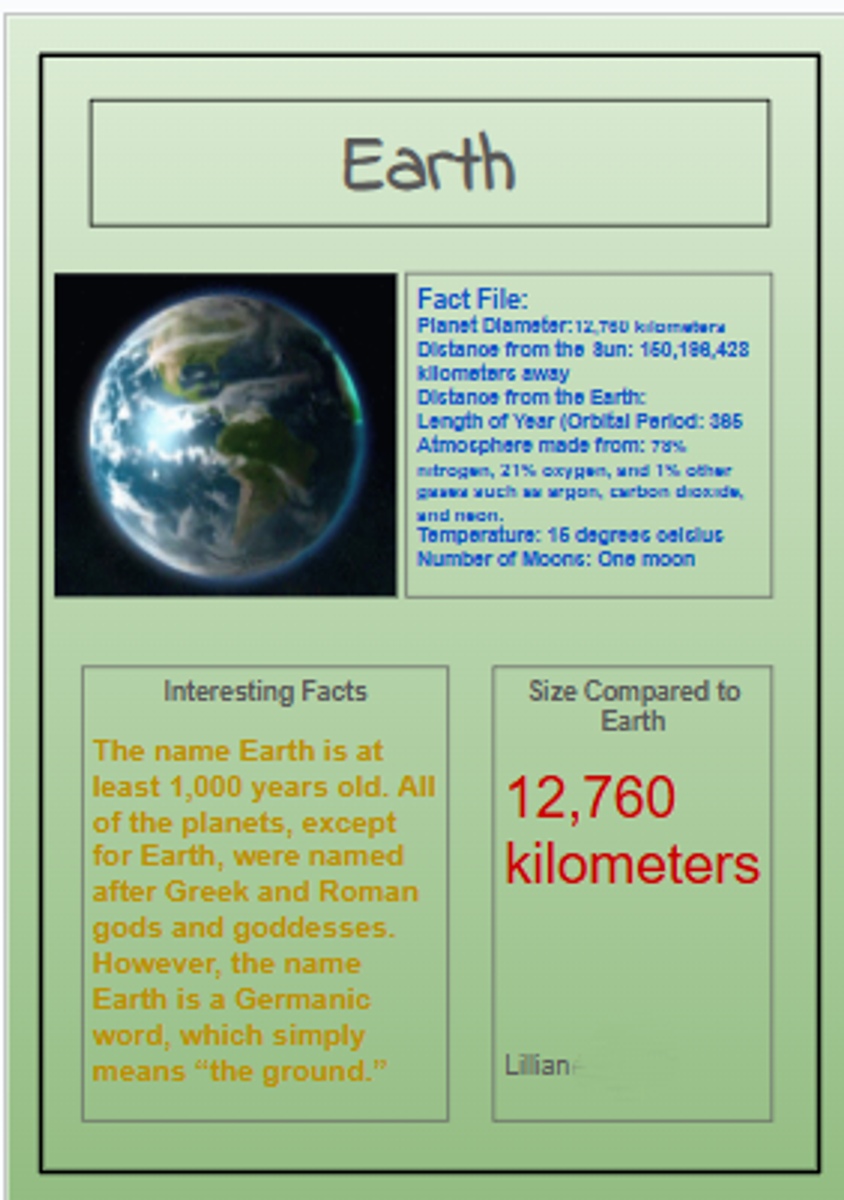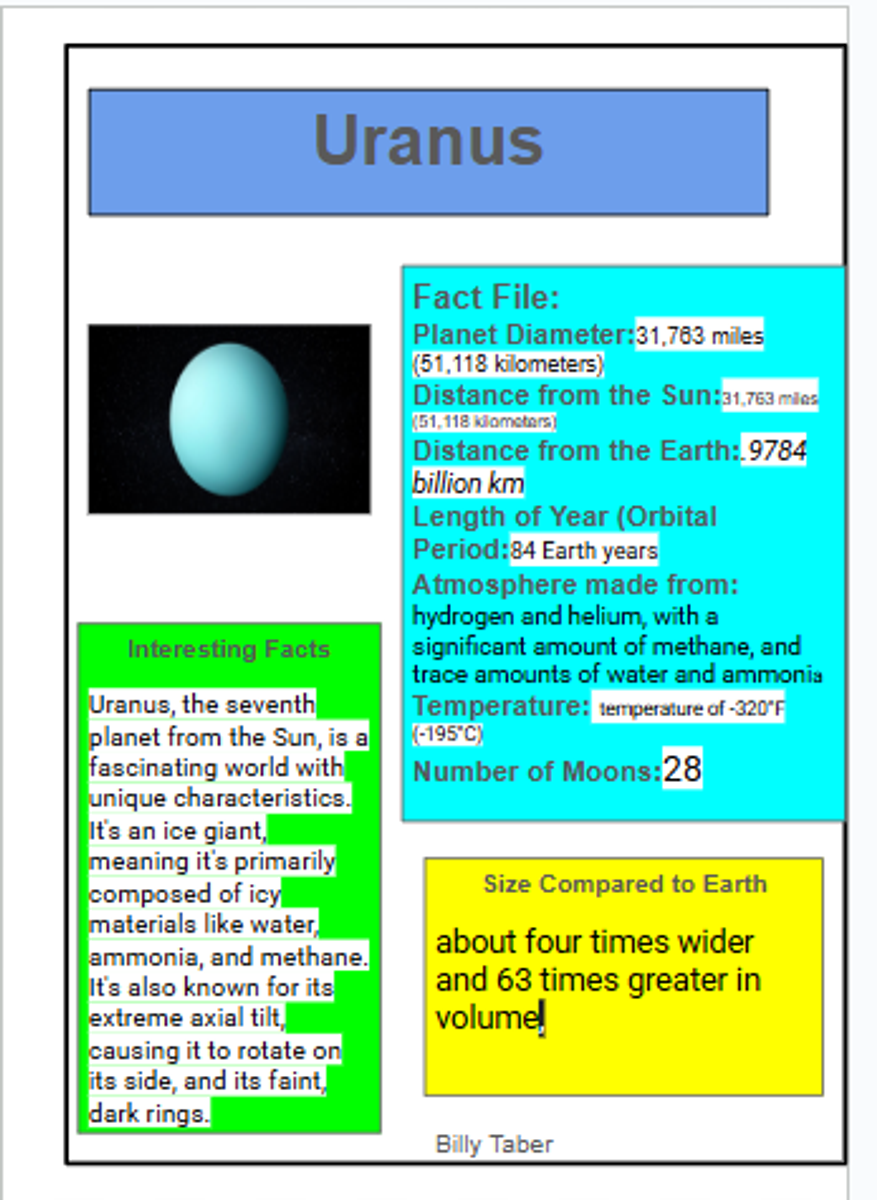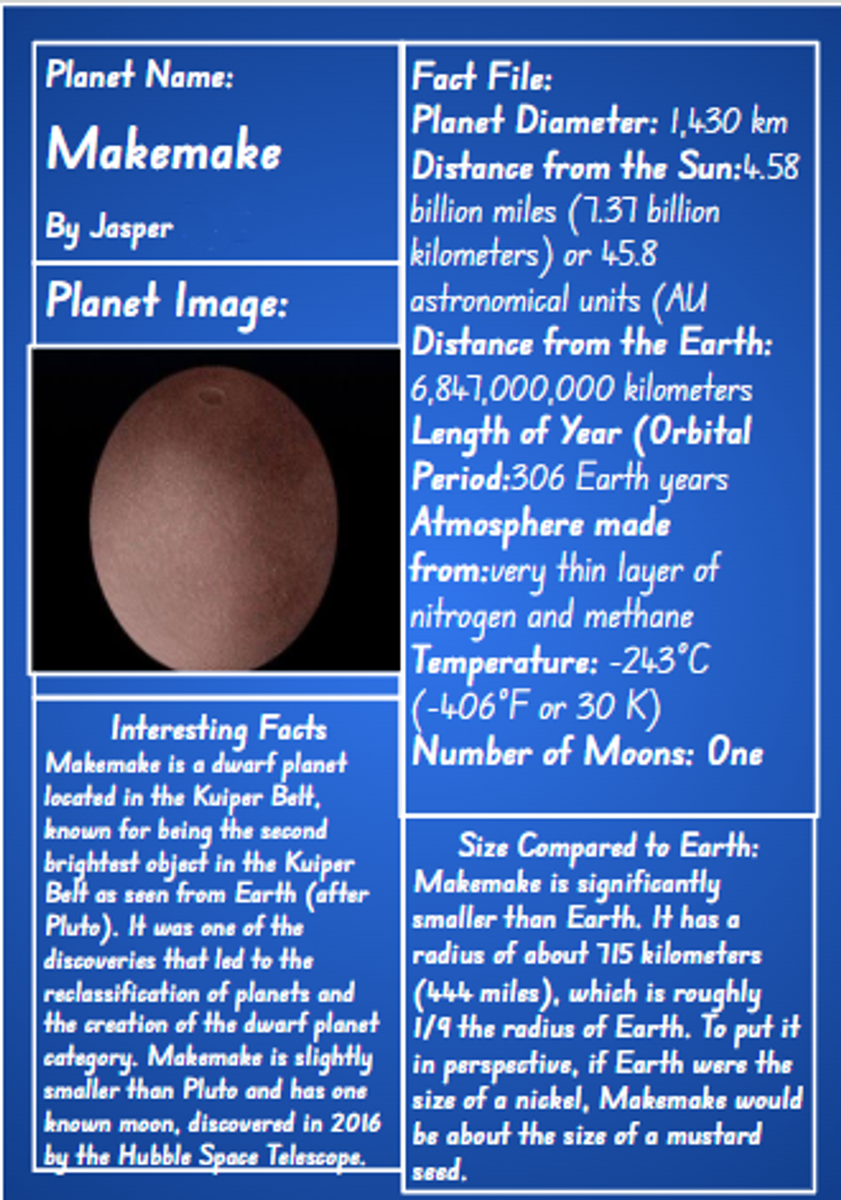Learning News
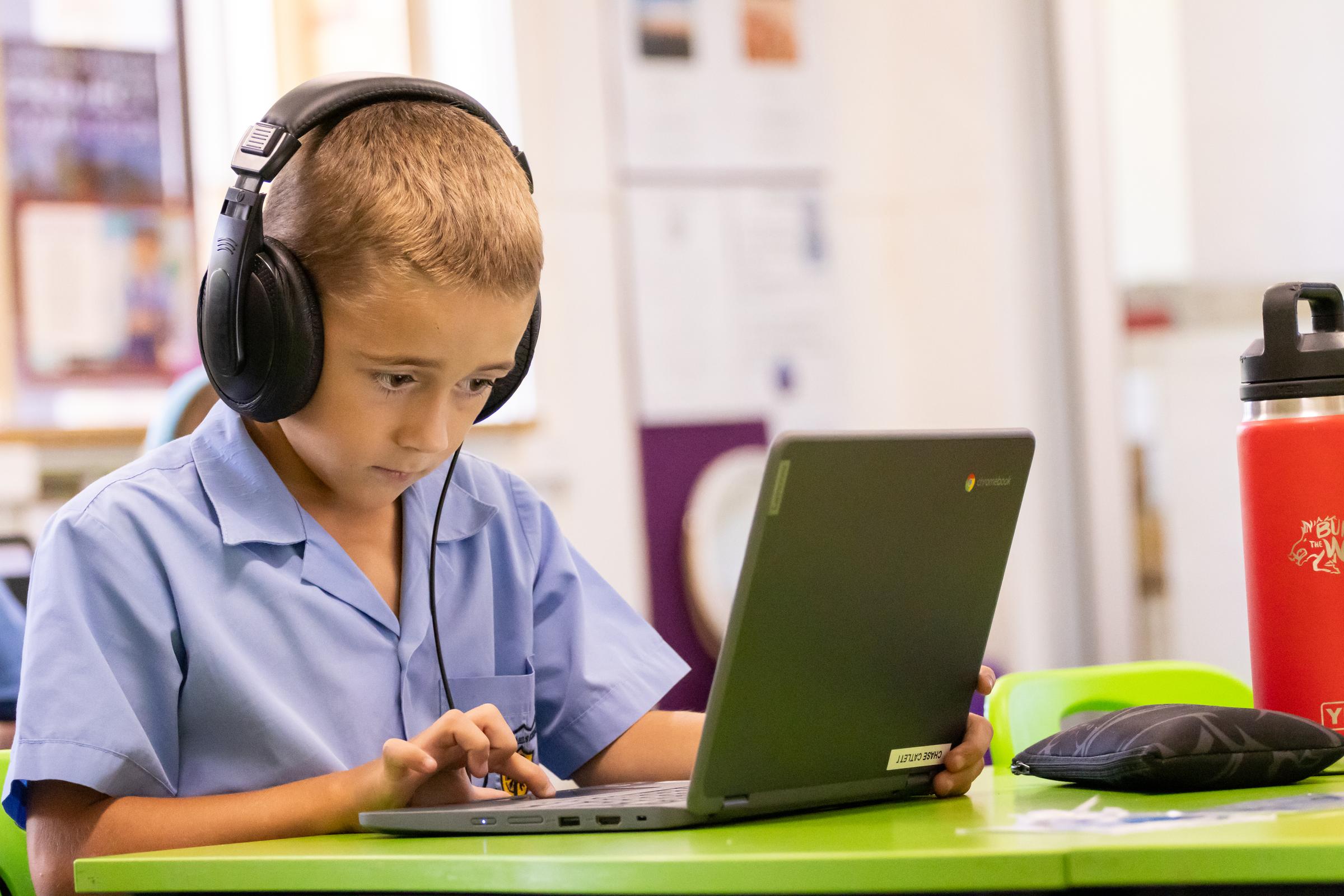
Learning News Week 10, Term 3 2025
Learning News
As the term draws to a close, our students have been busy showcasing their learning through a variety of amazing projects. From creating beautiful artworks of the moon to conducting fascinating research tasks on planets in our solar system, their curiosity and creativity have been on full display. We've also seen them delve into the world of dinosaurs and fossils, master the art of making paper cranes like Sadako, and produce some truly fabulous creative writing pieces. It has been a remarkable term filled with discovery, and we are excited to see what incredible things our students will learn and create next term.
Miss Summerell
Leader of Pedagogy / Mathematics Specialist Teacher
K/1
We've had a fantastic time in the K/1 class recently exploring the fascinating world of living things! 🌱 Your children have been learning to recognise that all living things have certain basic needs. We've been talking about how plants, animals, and even us humans, need specific things to survive and grow. The kids are doing a great job of naming at least two essential things a living thing needs to live, such as water, food, or sunlight. They are also doing a wonderful job of sorting different pictures into two groups: 'living' and 'non-living'. This helps them understand the key characteristics that make something alive. It's wonderful to see them make these connections and understand the world around them!
Mrs Crafford
K/1 Teacher
Year 1
In Year 1 Science, we've been on a celestial journey, exploring the mesmerising phases of the moon! 🌑 The students used their artistic flair to create wonderful drawings and representations, capturing how the moon appears to change shape throughout the month. From the bright full moon to the slender crescent, their work beautifully illustrates how the amount of the moon we see from Earth is always shifting. We're so proud of their incredible creativity and scientific curiosity! 🌙
Miss Lyall
Year 1 Teacher
Year 2
Our Year 2 Classroom has been travelling back in time over the last fortnight to explore the prehistoric world of dinosaurs. The students have become expert paleontologists, learning all about the different diets and habitats of these amazing creatures. We had a blast exploring the exciting topic of fossils. The students created incredible fossil art using pasta and even had a go at making their very own salt dough fossils. Their curiosity and enthusiasm for learning about dinosaurs has been absolutely fantastic to witness, and they've shown so much creativity and scientific thinking. We can't wait to see what other prehistoric discoveries they make!
Miss Rasche
Year 2 Teacher
Year 3 & 4
We've had a fascinating fortnight in Stage 2, diving into the world of Aboriginal and Torres Strait Islander seasonal calendars and the incredible science behind them! Our students have been learning how different Aboriginal and Torres Strait Islander communities across Australia observe subtle changes in the environment—like the flowering of a particular plant , the migration of an animal, or a shift in weather patterns—to create their own unique calendars. This traditional knowledge shows us a different way of understanding the world and how closely people can connect with their environment. The children have been busy making their own observational records, much like these communities do, and have been amazed at how much we can learn just by looking closely at the world around us.
Mrs Davis & Miss Martin
Year 3 & 4 Teachers
Stage 3
In our integrated unit this semester, Stage 3 have been exploring space in our Science lessons and have learnt many interesting facts about our solar system.
Did you know?
- There are eight planets - Mercury, Venus, Earth, Mars, Jupiter, Saturn, Uranus & Neptune
- There are five officially named dwarf planets - Ceres, Pluto (which was once considered the 9th planet), Haumea, Makemake & Eres
- Our solar system is located in the Milky Way, a barred spiral galaxy with two major arms, and two minor arms
- Our Sun is in a small, partial arm of the Milky Way called the Orion Arm, or Orion Spur, between the Sagittarius and Perseus arms.
- Our solar system orbits the center of the galaxy at about 828,000 kph.
- It takes about 230 million years to complete one orbit around the galactic center.
We hope you enjoy our planet and dwarf research tasks.
Mrs Shepherd
AP/Stage 3 Teacher
